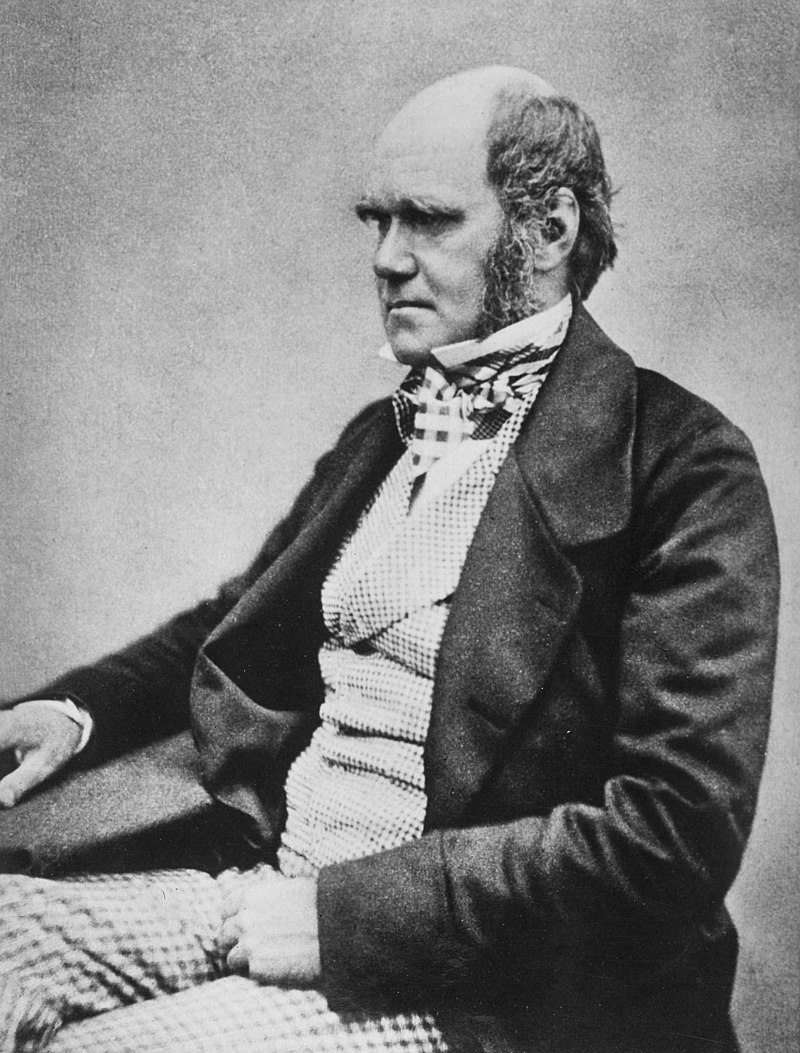
Gunter Bechly who got dumped for doubt in Germany continues to work, though not at an official institute, but he does things of value (see below). So does dumped astronomer Martin Gaskell.
And The Dissent from Darwinism list now tops 1000 scientists. We don’t see hats out on the street.
Too soon to tell but in an age when “trust in science” is demanded in the teeth of evidence, not on account of it, maybe Darwinism can’t kill opponents the way it used to. Or does it?
Maybe now it;s just a signpost of mediocrity; a researcher doesn;t have much going for him but at leadt he is a Darwinist with no doubts, unlike a lot of those (darkly hinted) others…
See also: What Happened To Astronomer Martin Gaskell, Dumped ForThinking That The Universe Is Designed?
These two continued to work. It;s a rock and a hard place, really.
See also: What’s Gunter Bechly doing these days?
Paleontologist Gunter Bechly erased from Wikipedia
See also: Fossil Discontinuities: A Refutation Of Darwinism And Confirmation Of Intelligent Design
Fossil dragonfly named in Mike Behe’s honor has implications for ID
and
Why a four-eyed fossil lizard is a problem for Darwinism (Bechly’s view)
Follow UD News at Twitter!